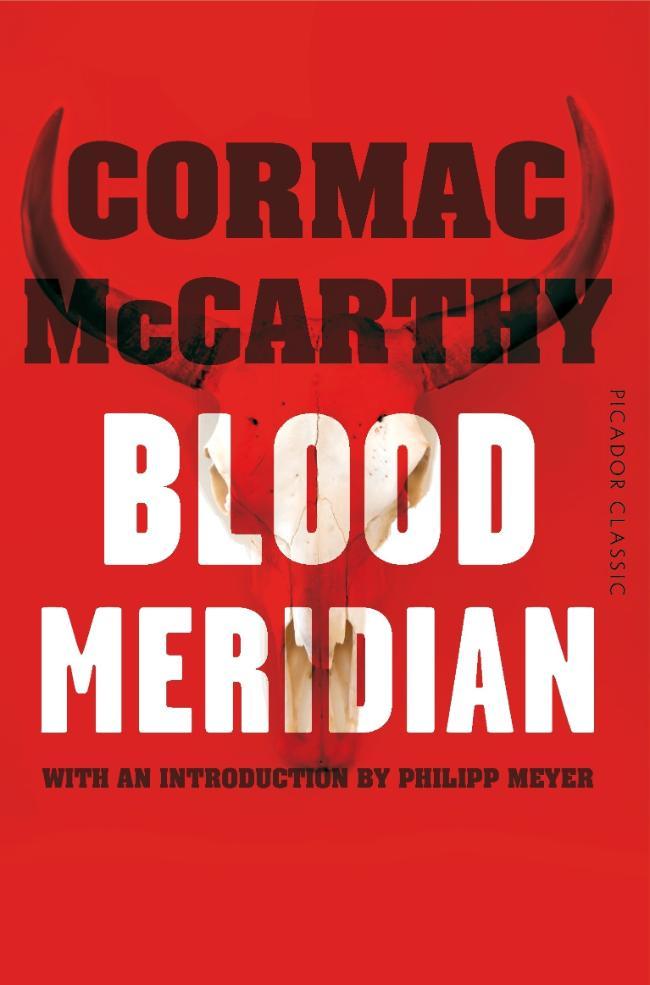Cormac McCarthy: Blood Meridian or The Evening Redness in the West
I stumbled across Blood Meridian at a second-hand book shop the summer before my first year at university. It convinced me I wanted to do a degree in English literature and write novels. When I discovered I was bad at those things, it convinced me I wanted to be a historian, which worked out marginally better. Cormac McCarthy is best known for The Road, a spare and dismal story of survival after societal collapse, but Blood Meridian is his magnum opus. The literary critic J. Douglas Canfield calls it a “grotesque Bildungsroman” (novel of development), a label that fits in multiple ways. The book none-too-gently dismantles the romantic frontier narratives so central to Euro-American identity. Originally published in 1985, it accomplished this well before other cultural products like Unforgiven or Deadwood were lauded for similar feats.
Set in the wake of the Mexican-American War (1846-48), Blood Meridian follows a young protagonist – known only as “the kid” – as he makes his way through the American Southwest, a fractured and chaotic borderlands region caught between ascendant white settler power and eroding indigenous and Latinx sovereignties. The kid joins roving gangs of US Army irregulars and common outlaws, witnessing and performing extreme acts of violence in environments of unimaginable permissiveness and predation. The novel is strange and disturbing, but also meditative on matters of time, space, and morality (or lack thereof). The “grotesque” development it traces is not only that of the kid, but also of the United States itself, which, like so many other nations, has since embraced an absolving mythos that sanitises the colonisation of the Trans-Mississippi West. McCarthy levels no direct indictment of the period in Blood Meridian, instead revealing its horrors and letting us draw our own conclusions.


